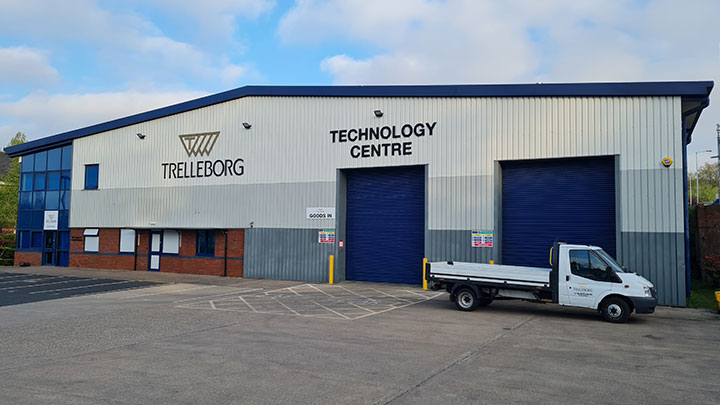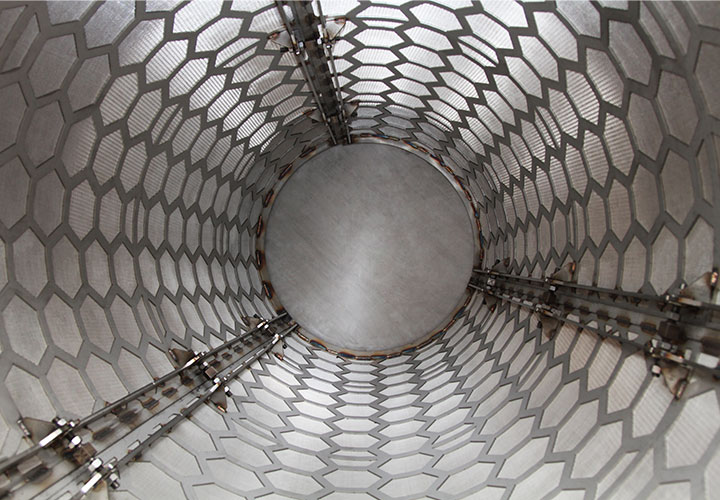Contact Us
How can we help?

Vee Bee Filtration UK Ltd
Unit D5 Coombswood Business Park Coombswood Way, Halesowen, West Midlands , B62 8BH United KingdomTel: +44 1384 378 884

Computational Technology models the strainer or filter and enables analysis and verification of design.
Fluid flow physics are applied to this virtual prototype and software outputs a prediction of fluid flow behavior. This not only predicts fluid flow behavior but also the transfer of heat, mass, phase change, chemical reaction and stress – including deformation of related solid structures.
